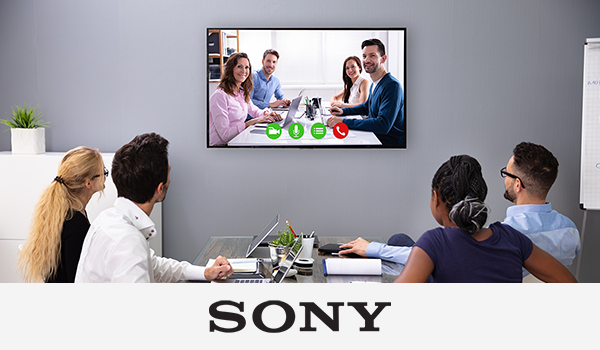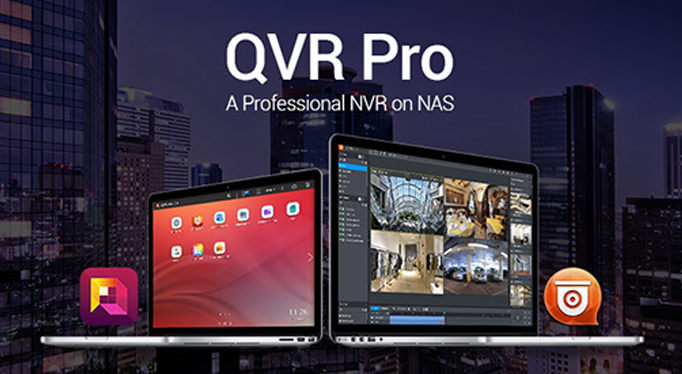In the age of digital transformation, collaboration is the lifeblood of every organisation, requiring cross-functional teams of business or technology professionals to come together in collective ventures. Clearly there is a desire for strong collaboration capabilities.
What does a collaborative business look like?
“Many of today’s most important challenges are so complex and multifaceted that they can only be tackled by teams of experts from disparate domains,” explains an article in the Harvard Business Review. “To solve them, professionals must be able to harness ideas, people, and resources from across disciplinary and organisational boundaries.”
There are a few required building blocks to instill within both leaders and contributors to ensure that collaboration becomes part of an organisation’s culture and daily operations at all levels, and therefore sustainable, according to a paper from the UNC Kenan-Flagler Business School. It lists habits of highly collaborative organisations, among them:
- Leadership team usage of collaboration tools and strategies to encourage employees at all organisational levels to embrace the concept.
- Communication to employees about how collaboration improves their jobs and how it will take the organisation to the next level.
- Integration of collaboration into the organisational workflow, so that it is a natural part of processes rather than another skill to be acquired.
- Focusing on metrics that align different business units.
Shaping the collaborative business
Another consideration for organisations is fostering collaboration by setting up appropriate workspaces for teams to engage in these activities.
One recent trend is setting up “huddle rooms,” which are especially suited for informal and often unplanned meetings that may include small groups of workers on-site as well as geographically dispersed and mobile employees, or even customers or business partners. These rooms don’t have to be enclosed within four walls. Once the business has decided upon its collaborative strategy, these spaces just need to be equipped with the right technology resources.
Include interactive projectors among these resources. They offer strong visual and functional capabilities when compared to the one-sided flat screen displays that organisations may initially consider. They transform physical whiteboards or any flat surface into digital technologies, ideally supporting touchscreen input via fingers or digital pens, with no PC or specific software required to operate them.
Today’s interactive projectors should provide three primary collaboration methods for at least a dozen participants, either in the room or remote:
- Collaborators can simultaneously write new digital notes, create images, and annotate existing materials, which may be imported from devices such as USB drives or wirelessly shared and displayed by both local and remote users working on diverse mobile devices such as iPhones, iPads and Android systems.
- Collaborators can interact with computer applications, such as PowerPoint, when their systems are connected via HDMI or VGA inputs or via wireless connections, effectively turning whiteboards into scalable screens.
- Collaborators can connect to video conferencing equipment so that participants in different locations can see each other face-to-face in a large display, or use split screens so that people and whiteboard content can be displayed side-by-side.
Any work done during huddle room sessions can be saved and printed or emailed later, too, making it convenient for everyone to refer to as they work on the next stage of their projects. Or, if these devices are used in training rooms for more formally planned business education programs, employees come away with easily accessible review material.
Additionally, when interactive projectors offer high colour and white brightness and HD widescreen resolution, they are equally suitable for use in corporate boardrooms, conference rooms and even trade shows.
Don’t forget that projector screen size matters in all manner of collaborative scenarios, too: People must be able to clearly read shared materials and, if video-conferencing is taking place, facial expressions too, to help gauge participants’ reactions to ideas. Interactive projectors must be able to project screen sizes that replicate the average desktop experience for meeting participants. To replicate a 25-inch desktop monitor, for instance, a 100-inch screen projection is required. Projectors that provide scalable screen sizes help ensure that they’ll meet the varying requirements of all-size environments, from huddle rooms to conference rooms.
A combination of a cultural willingness to work together as well as the use of technological tools always will be critical to effective collaboration: When combined, “you unlock tremendous power,” Huff Eckert writes. “Now is the time to start turning that key.”
Those are words that will resonate with any organisation preparing for the future, especially as it relates to embracing the concept of digital business.
Source: Epson












